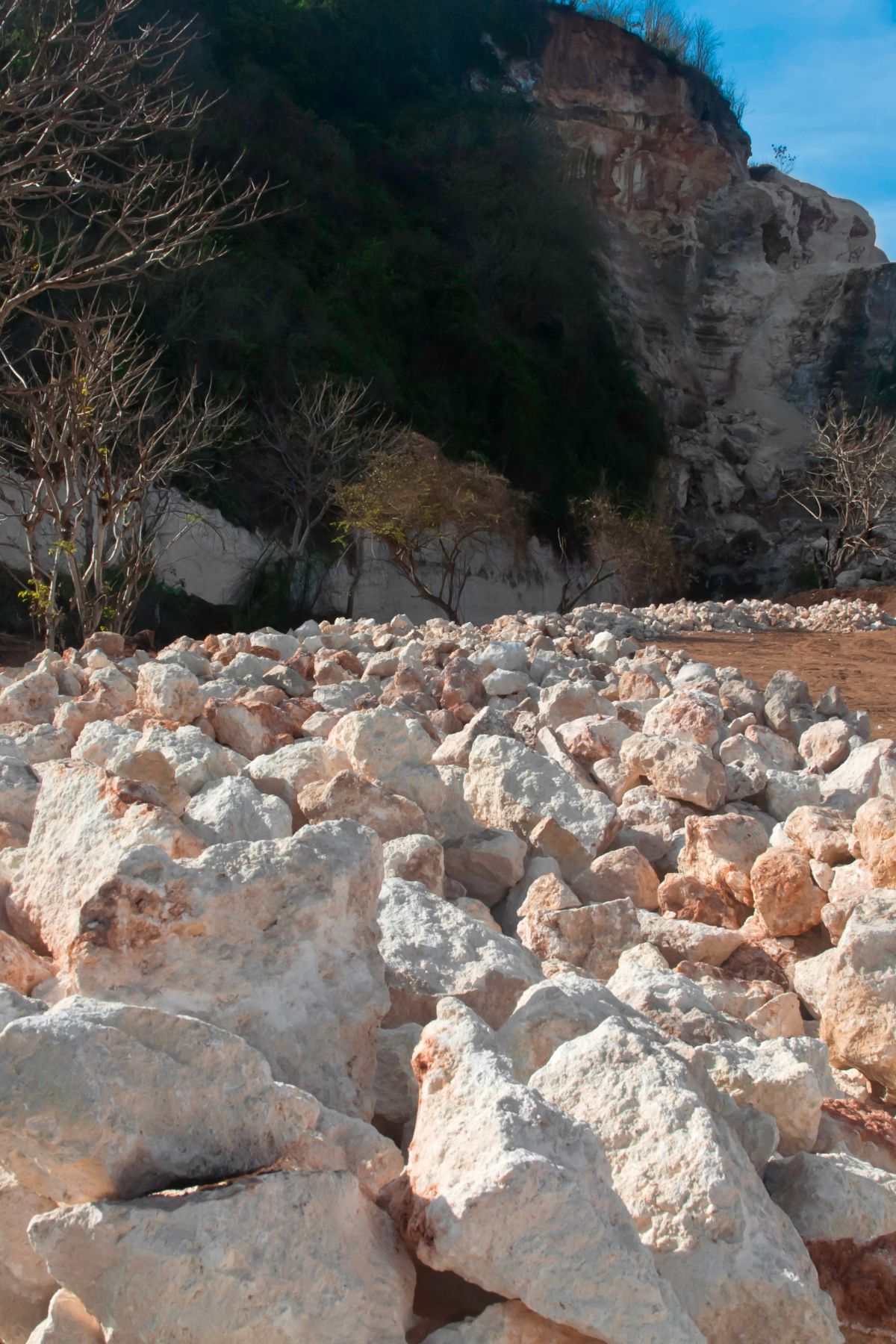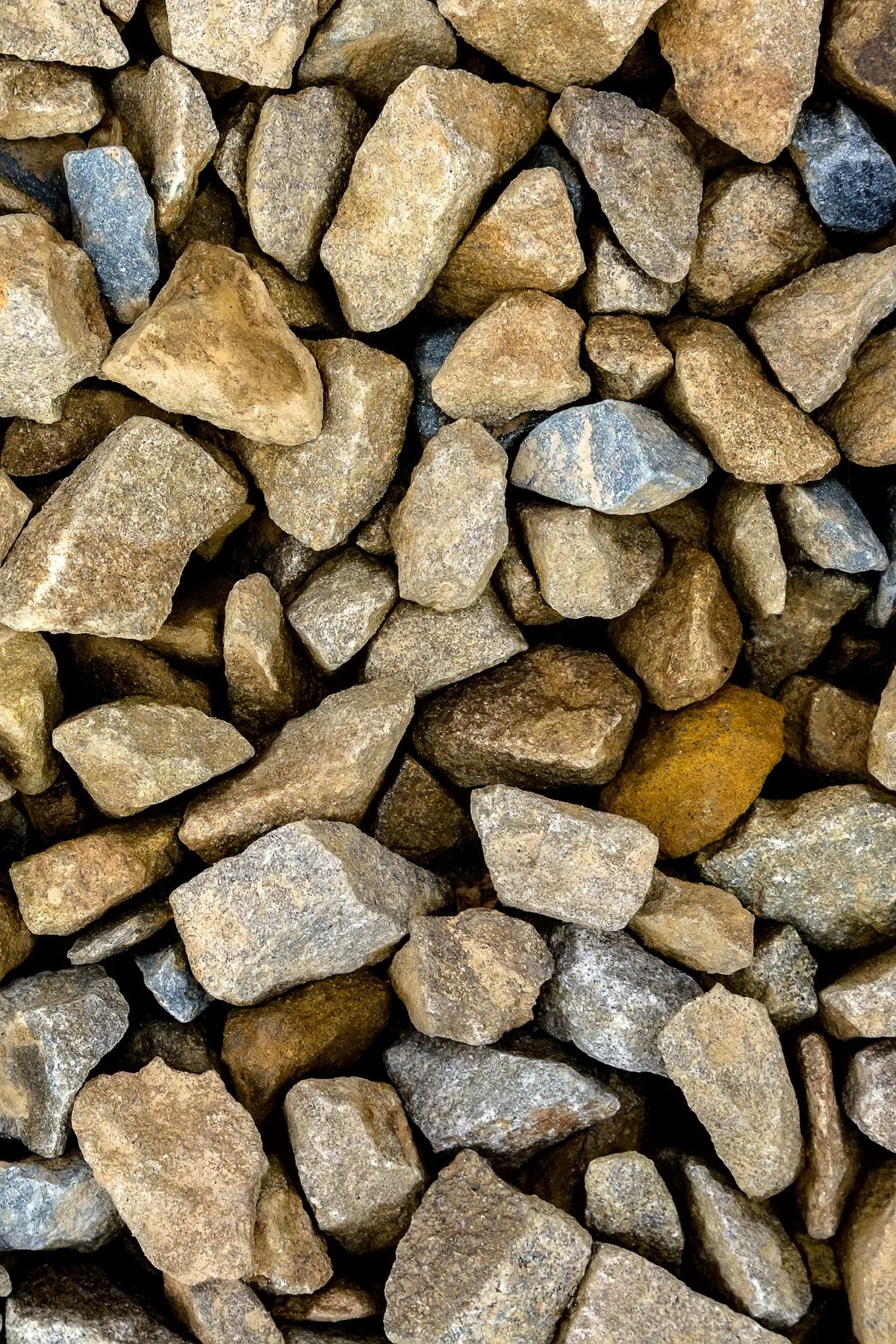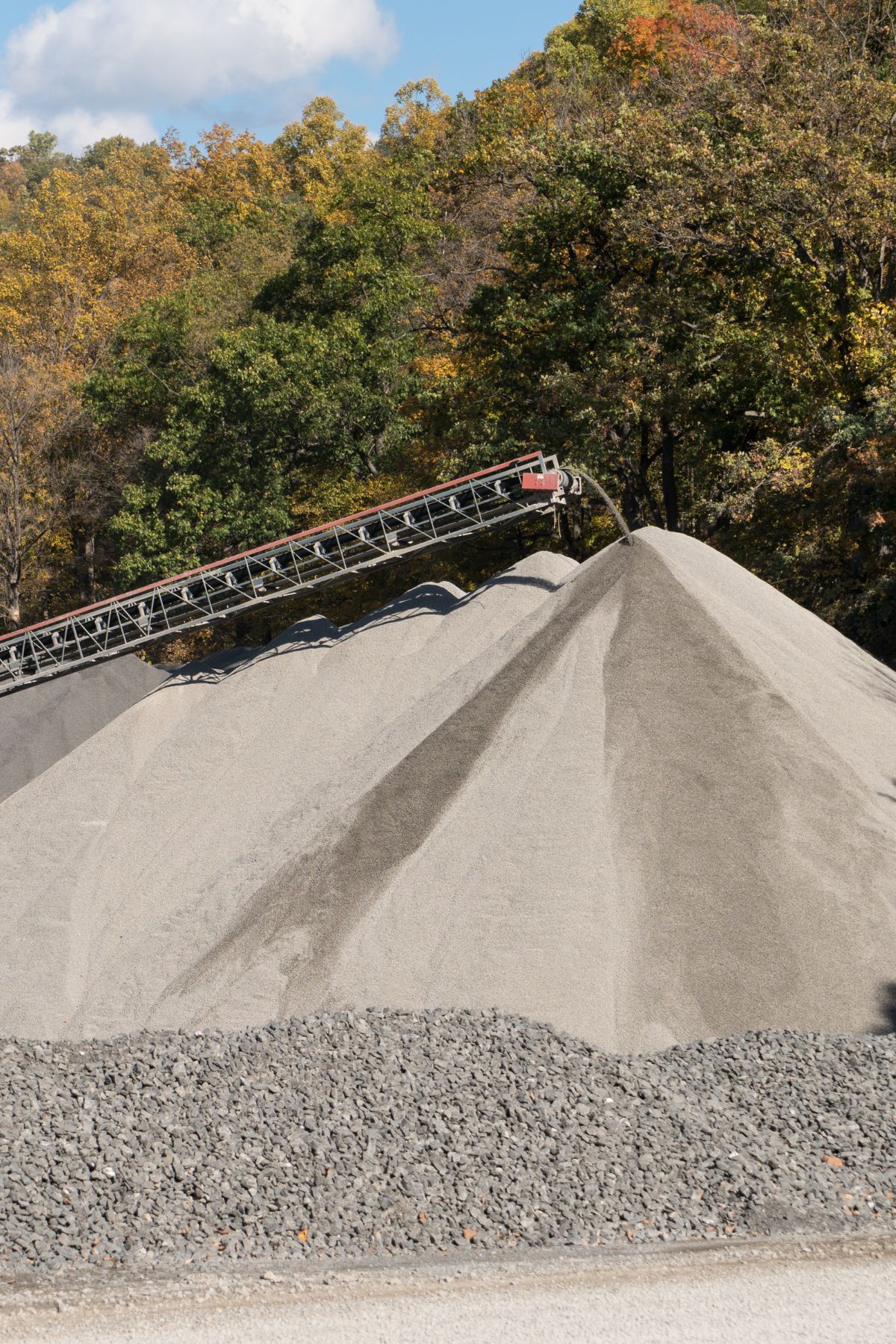A crushed limestone calculator is an essential tool for anyone planning a project that involves the use of crushed limestone, whether for driveways, patios, drainage systems, or construction foundations.
Crushed Limestone Calculator
ft in
ft in
Calculating the right amount of material ensures efficient budgeting, reduces waste, and prevents costly delays due to underestimating or overordering.
Crushed limestone is widely used because of its affordability, versatility, and excellent compaction properties. But like any bulk material, determining how much you need depends on the size of the area, the intended depth, and the density of the limestone. Manually calculating this can be prone to error—especially when converting between units like inches, feet, cubic yards, and tons. That’s where a crushed limestone calculator comes in handy. By inputting dimensions and density, users can instantly get accurate estimates for volume, weight, and even cost.
Whether you’re a homeowner spreading a new layer of gravel for a garden path or a contractor preparing the foundation for a building, using a calculator takes the guesswork out of the equation. In this article, we’ll walk you through the different sizes of crushed limestone, how much it weighs, how to estimate your needs accurately, and what costs to expect—all with the help of a reliable crushed limestone calculator.
What Is Crushed Limestone?
Crushed limestone is a processed form of natural limestone rock, created by mechanically breaking it down into smaller pieces. These fragments vary in size and shape depending on the intended use, ranging from fine dust to larger, gravel-like stones. While limestone is composed primarily of calcium carbonate (CaCO₃), its physical properties—including durability, ease of compaction, and cost-effectiveness—make it one of the most widely used materials in construction and landscaping.
When extracted from quarries, limestone undergoes a crushing process that produces various grades, each suited for different applications. Smaller sizes like screenings and fines are ideal for pathways and compact bases, while larger aggregates such as #57 stone or #2 limestone are better suited for drainage systems and structural support. These materials can be layered to create a solid and well-draining foundation.
A crushed limestone calculator becomes particularly valuable here, as the density and compaction characteristics of limestone can change based on the grade. For example, finer particles will settle more tightly, leading to a heavier material per cubic yard compared to coarser stones. This means that understanding the specific type of limestone being used is crucial for accurate volume and weight estimates.
Crushed limestone is commonly used in:
- Road base and driveways
- Concrete and asphalt production
- Drainage layers
- Retaining wall backfill
- Agricultural applications (as lime to reduce soil acidity)
With its accessibility and low cost, crushed limestone remains a popular material choice. But without the aid of a crushed limestone calculator, estimating how much you need can be a challenge—especially when factoring in the wide range of available sizes and grades.

Crushed Limestone Sizes Explained
When using a crushed limestone calculator, one of the most important factors to consider is the size of the material. Crushed limestone is categorized by size and gradation, which directly impacts its weight, compaction properties, and best-use scenarios. Choosing the right size ensures optimal performance for your project—whether it’s for a driveway base, drainage solution, or decorative surface.
Here are the most common sizes of crushed limestone and their typical uses:
✅ Limestone Screenings / Fines (#10 or Dust)
- Size: < ¼ inch
- Use: Ideal for paver base layers, walkways, and patios.
- Features: Excellent compaction, forms a hard surface when compacted.
- Note: Can retain moisture and become muddy in wet conditions.
✅ #57 Crushed Limestone
- Size: ¾ inch (commonly used in most residential projects)
- Use: Driveways, drainage, and as a base for slabs or footers.
- Features: Good drainage and compaction; very versatile.
- Calculator Tip: This is the default setting in most crushed limestone calculators.
✅ #8 Crushed Limestone
- Size: ⅜ inch
- Use: Walkways, top layers of driveways, landscaping.
- Features: Offers aesthetic appeal; less compactable than screenings.
✅ #411 or #304 Crushed Limestone
- Size: A mix of fines and medium stones (typically ¾ inch + dust)
- Use: Great for bases under asphalt or concrete.
- Features: High compaction and structural stability.
✅ #2 and #3 Crushed Limestone
- Size: 1.5 to 3 inches
- Use: Heavy-duty road base, erosion control, deep fill applications.
- Features: Does not compact well, but allows excellent drainage.
Each of these sizes has a different density, which affects how many tons you’ll need per cubic yard. For example, screenings may weigh up to 1.75 tons per cubic yard, while #57 stone averages around 1.45 tons per cubic yard. This is why a crushed limestone calculator that allows you to input custom density values is crucial for accurate planning.
Understanding the Weight of Crushed Limestone
When using a crushed limestone calculator, accurately estimating weight is just as important as estimating volume. Weight plays a critical role in determining how much material you’ll need and how much it will cost—especially if you’re paying by the ton or arranging delivery by truck.
✅ Average Weight per Cubic Yard
The standard bulk density of crushed limestone typically ranges from 1.4 to 1.7 tons per cubic yard, depending on particle size, moisture content, and compaction. For most calculator tools, a common default is 1.5 tons/yd³, which balances accuracy with simplicity.
| Limestone Grade | Approx. Density (tons/yd³) |
|---|---|
| Screenings / Fines | 1.6 – 1.75 |
| #57 (¾ inch) | 1.4 – 1.5 |
| #304 / #411 Base Mix | 1.5 – 1.6 |
| Large Stones (#2, #3) | 1.3 – 1.45 |
✅ Weight Conversions
To convert volume (in cubic yards) to weight, multiply by the density:
Tons = Cubic Yards × Density (tons/yd³)
If you need pounds instead:
Pounds = Tons × 2000
For instance, if your crushed limestone calculator estimates that you need 3.2 cubic yards of material, and your selected size has a density of 1.5 tons/yd³:
- 3.2 × 1.5 = 4.8 tons
- 4.8 × 2000 = 9,600 pounds
Understanding these conversions is especially important when comparing quotes from suppliers or checking truck load limits.
✅ Compaction and Wastage
Remember that most crushed limestone will compact during installation, which can slightly increase the weight and reduce coverage. It’s also standard practice to account for 5–10% waste in your estimate to accommodate uneven surfaces and material settling. Many crushed limestone calculators allow you to input a wastage percentage to help offset this.
How to Calculate How Much Crushed Limestone You Need
One of the most common questions people ask when beginning a landscaping or construction project is: “How much crushed limestone do I need?” Thankfully, a crushed limestone calculator can answer that question quickly and accurately—if you understand the basic math behind it.
✅ Step-by-Step Calculation
To manually estimate the amount of crushed limestone needed, use this formula:
Volume (cubic feet) = Length (ft) × Width (ft) × Depth (ft)
Convert that to cubic yards by dividing by 27:
Volume (cubic yards) = Volume (cubic feet) / 27
Then multiply by the density of the crushed limestone (typically around 1.5 tons/yd³) to get the weight:
Tons = Cubic Yards × Density
📐 Example Calculation
Let’s say you’re building a 20 ft × 10 ft patio using 4 inches of #57 crushed limestone:
- Convert depth to feet: 4 inches ÷ 12 = 0.33 ft
- Volume in ft³ = 20 × 10 × 0.33 = 66 ft³
- Volume in yd³ = 66 ÷ 27 ≈ 2.44 yd³
- Weight in tons = 2.44 × 1.5 = 3.66 tons
- Weight in pounds = 3.66 × 2000 = 7,320 lbs
If you include 5% for waste and settling:
- Adjusted tons = 3.66 × 1.05 = 3.84 tons
A good crushed limestone calculator does all this instantly, with additional features like:
- Switching between inches and feet
- Customizing density based on limestone grade
- Adding a buffer for waste
- Calculating both weight and cost
⚠️ Don’t Forget Irregular Shapes
For circular or irregular areas, most calculators let you switch the input mode:
- Circle: Use π × radius² × depth
- Irregular: Measure total square footage and apply the same volume formula
By using a calculator tailored for crushed limestone, you can avoid underestimating and prevent unnecessary overbuying—a smart move for both your budget and your project timeline.

Using a Crushed Limestone Calculator
A crushed limestone calculator is a practical digital tool designed to help homeowners, landscapers, and contractors estimate the quantity of limestone needed for a given project. Whether you’re building a driveway, laying a patio base, or filling a drainage trench, using a calculator ensures precision and saves time.
✅ Key Inputs in the Calculator
Most calculators ask for the following values:
- Length and width of the area (in feet and/or inches)
- Depth of coverage (in inches or feet)
- Density of the limestone (in tons per cubic yard, pounds per cubic foot, or pounds per cubic inch)
- Wastage percentage (typically between 5–10%)
- Cost per unit (per ton or per pound)
Many advanced calculators—like the one built for this article—allow users to:
- Choose units for all inputs
- Input length and width in feet and inches
- Display weight in both tons and pounds
- Calculate cost based on selected pricing units
This flexibility ensures the results reflect real-world purchasing conditions and project specs.
✅ How the Calculator Works
The calculator automates the formula:
- Converts inches to feet (if needed)
- Multiplies length × width × depth to get volume in cubic feet
- Converts cubic feet to cubic yards (divide by 27)
- Multiplies by the selected density to estimate weight in tons
- Converts tons to pounds and adds wastage
- If cost is provided, multiplies the total weight by the cost per unit
🧮 Why Use a Crushed Limestone Calculator?
- Avoid material shortages by ordering the correct amount
- Prevent overspending on unused materials
- Compare supplier pricing more easily
- Visualize project needs before you start
Even small errors in manual estimation can result in significant cost overruns, delivery delays, or site preparation issues. A calculator reduces human error and provides a reliable base for project planning and budgeting.
⚙️ Example Use Case
You’re resurfacing a 25 ft × 12 ft driveway with 3 inches of #57 crushed limestone:
- Input: 25 ft length, 12 ft width, 3 in depth, 1.5 tons/yd³, 5% waste
- Output:
- Volume ≈ 2.78 yd³
- Weight ≈ 4.17 tons
- Cost ≈ $250 (if priced at $60/ton)
In seconds, a crushed limestone calculator gives you actionable numbers you can send to your supplier or use to compare quotes.
Crushed Limestone Cost Breakdown
Understanding the cost of your project is just as important as estimating how much material you need. A crushed limestone calculator can help you quickly determine the total expense based on your project’s size, desired depth, and material cost per ton or pound. But to make the most of it, it’s helpful to break down what contributes to the total cost.
💵 Average Cost of Crushed Limestone
- Per Ton (US): $30 – $65 (depending on region, grade, and supplier)
- Per Cubic Yard: $40 – $75 (depending on compaction and stone size)
- Per Pound (for small retail purchases): ~$0.03 – $0.05
Prices vary widely depending on:
- The grade of limestone (finer materials may cost slightly more)
- Transportation distance from the quarry
- Quantity purchased (bulk orders typically receive discounts)
- Whether the price includes delivery or is pickup-only
📈 How the Calculator Helps with Cost
Using a crushed limestone calculator, you can:
- Input the unit price (per ton or per pound)
- See total material weight in both tons and pounds
- Instantly estimate total cost, including wastage
- Compare costs using different limestone densities
💡 Real-World Example
Say you’re filling a 200 sq ft patio with 4 inches of #411 limestone:
- Volume: ~2.47 yd³
- Density: 1.55 tons/yd³
- Total weight: ~3.83 tons
- Cost:
- At $55/ton → 3.83 × $55 = $210.65
- At $0.03/lb → 3.83 × 2000 × $0.03 = $229.80
This example shows how small differences in pricing units can impact your final cost—something a crushed limestone calculator helps you visualize and control.
⚠️ Other Costs to Consider
- Delivery fees (typically $50–$150 depending on distance and volume)
- Spreading or installation fees (if using a contractor)
- Taxes and fuel surcharges
- Minimum order fees for small quantities
When comparing quotes, always clarify whether delivery and tax are included. Some suppliers also offer tiered pricing based on order volume, so ordering all your material at once may be cheaper.

Conclusion
Whether you’re resurfacing a driveway, creating a patio foundation, or building a drainage base, estimating materials accurately is the foundation of a successful project. A crushed limestone calculator removes the guesswork, helping you determine the exact volume and weight of stone required, while also giving you cost estimates that can save you time, labor, and money.
Throughout this guide, we’ve covered the importance of understanding crushed limestone sizes, the impact of material weight, how to calculate your needs, and the cost factors that affect your final price. From dense screenings to large aggregate stone, every project requires a specific type of limestone—and your calculator should reflect that.
By incorporating real-world considerations like wastage, density variations, and delivery logistics, the calculator becomes more than just a math tool—it becomes a core part of your planning strategy. With so many regional price differences, material types, and project goals, using a well-designed crushed limestone calculator is not just convenient—it’s essential.
Whether you’re a weekend DIYer or a seasoned contractor, smart preparation leads to better results. And in construction, accuracy always pays off.
